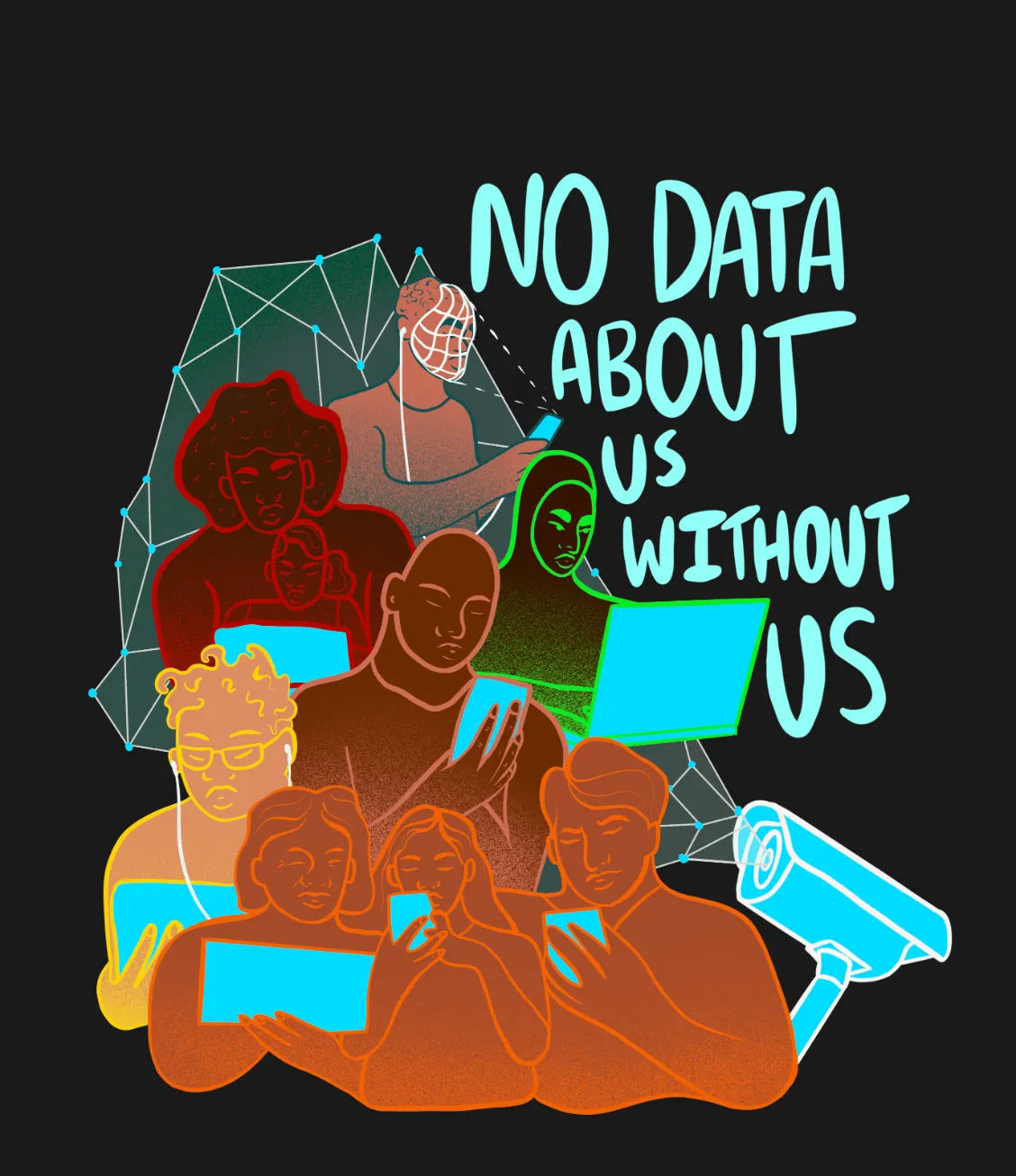Video surveillance and its narrative in Milan
In Milan, as is often the case in urban areas experiencing rapid gentrification, escalating property costs and rents have given rise to a range of exclusionary policies. Read more about it in our Fellows 2023 Giorgio Fontana and Danilo Deninotti’s blog post.

Photo: Samuel Isaacs for UNSPLASH
1. Context of a “cool” exclusion
Since hosting the 2015 Expo, Milan has emerged as one of the most vibrant and desirable cities in Italy: the coolest indeed. It has undergone significant aesthetic improvements, transforming itself into a captivating destination that has caught the eye of tourists from around the world. However, this surge in popularity has also made Milan a prime target for a burgeoning real estate market, which has left a distinct mark on the city's social fabric. As is often the case in urban areas experiencing rapid gentrification, escalating property costs and rents have given rise to a range of exclusionary policies, some "softer" than others.
In a recent pamphlet about the "invention of Milan", Lucia Tozzi argues that "in a city where inequalities increase, educational justice languishes, services are privatized, jobs are precarious and the air is bad"; and to reach "a state of superfluous excitement" where dissent is banished, a huge and pervasive communication effort is needed. This "grim urbanism" results in a perpetual sense of unease and despair.
While on the surface, the urban landscape may project an image of general coolness and allure, beneath the facade, the "other" can represent a potential threat. This "other" might be seen as a relentless rival, an aggressor, or a cause of disturbance and incivility, lurking in the midst of what appears to be a harmonious narrative of urban life.
And this is where the theme CCTV vigilance plays in.
2. CCTV, crime, media and politics
In an extensive study of video-surveillance in Italian cities, Zambelli underlines that "for at least fifteen years, video surveillance has been the quintessential technology policy of Italian municipal administrations", to position them "in international markets of supervised, 'smart' and secure cities".
As Tatiana Lysova explains in her excellent doctoral thesis, the Italian population has lower levels of privacy concerns related to the implementation of video surveillance as it is constructed in society as a tool of security provision.
This situation is indeed precarious, as it can foster the notion of entrusting street control to black-box mechanisms, potentially encouraging administrations to adopt a more covert approach to managing collected data and citizen imagery. Italy does offer relatively robust privacy protections and regulations regarding video surveillance. However, the extent and details of these protections may not be widely known among the general public. The convoluted and highly bureaucratic language used by governmental institutions has historically served as an additional barrier to understanding and effectively implementing these safeguards.
More in detail, Milan is the Italian city with the majority of charges, especially thefts and street crimes; but violent crimes are rare: for instance, there were 19 homicides in 2022.
The media, however, contribute to maintaining a high sense of perceived insecurity; and instead of deterring violent behavior, particularly toward women, through inclusive policies, politicians prefer to invest in repression or let private people contribute to forms of territorial control.
The first installations of cameras in the city date to 1997: in fact, Milan is one of the first to display CCTV to fight micro-criminality and increased perceived security.
According to the 2022 National Report about the Activity of Local Police, in 2021 27,233 video surveillance cameras were installed at the 142 analyzed commands; Milan is the first in line with 2,272 cameras, more than the much vaster Rome (2,123 cameras). It does not reach the figures of Moscow or London (equipped with 17 and 13 installations per 1,000 inhabitants, respectively) but proportionally it is in line with the global trend.
But it is crucial to add the almost 9,000 cameras controlled by ATM, the local public transport company (they were 6.100 in 2019), placed among stations, shelters, public transportation and area crossings. Moreover, Milan and other nine municipalities have made agreements with private individuals (condominiums and merchants) for access to their installed cameras.
According to unofficial estimates quoted by Zambelli, almost ten years ago (and right before Expo2015) there were **"about 12,000 mixed-use devices." So a very rough and probably very underestimated guess about the real number of all surveillance cameras in the city is 23-25,000.
3. Softness and disparity
The growing influx of tourists and the high turnover among residents, often driven by the escalating cost of living, have resulted in a population that is increasingly disengaged or lacking a deep connection to the city's historical and cultural memory. In this context, Milan is primarily seen as a utilitarian space, with the emphasis placed solely on its trendy and attractive aspects. Genuine urban history and heritage seem to take a backseat as the city is primarily valued for its "cool" factor.
But it is its linguistic exuberance that unmasks the nature of the underlying ideas. We propose just but two contrasting examples.
Milano4You is a "digital district capable of offering a new model and lifestyle in line with the emerging needs of communities": in its lexical vagueness, the project is linked to green-washing practices and "accessible well-being" but remains privilege of the few.
On the contrary, inaugurating October 26th 2022 the installation of new cameras in a proletarian and sub-proletarian neighborhood of San Siro – Segesta – Selinunte, Regional Councillor Alan Rizzi said on records that they "are definitely a deterrent because they also serve as a prevention against illegality and squatting”. Not distinguishing for instance between criminal racketing and squatting for existential needs, and not mentioning at all the dramatic situation of Milan's public housing.
These difference in rhetoric highlights that the city shows itself unequal also when it comes to surveillance. Thus a narrative disparity is also shown: in an upscale and gentrified area, cameras provide the advertised security; in a proletarian area, they induce repression.
4. Conclusion
Too much digital surveillance does not only raise problems of privacy; it also promote the implicit devaluation of social altruism and the erosion of neighborhood community structures in the name of rampant individualism, which Milan has always championed. The city becomes a quasi-public sum of private spaces; a place not for people but for investors, that must convey an impression of beauty and security and not a true reality because citizens are secondary.
Tragically, as a side effect, less affluent citizens become the targets of exclusion, not only in the official discourse but also in their physical presence on the streets. While CCTV cameras might appear as neutral technology, their placement near areas where economically disadvantaged individuals reside can perpetuate discrimination. Furthermore, they contribute to additional bias against those who are more likely to be in public spaces and, as a result, are subject to heightened surveillance and scrutiny. This reinforces a troubling cycle of inequality and social injustice in the city.
In conclusion: far from being an integral part of a smart city, video surveillance perfectly embellishes Milan's dress, covering its cynical ambitions and outlining a scenario common to all Western metropolises. It is thus essential to answer an integrate narrative of coolness with another one, more realistic and radical.



